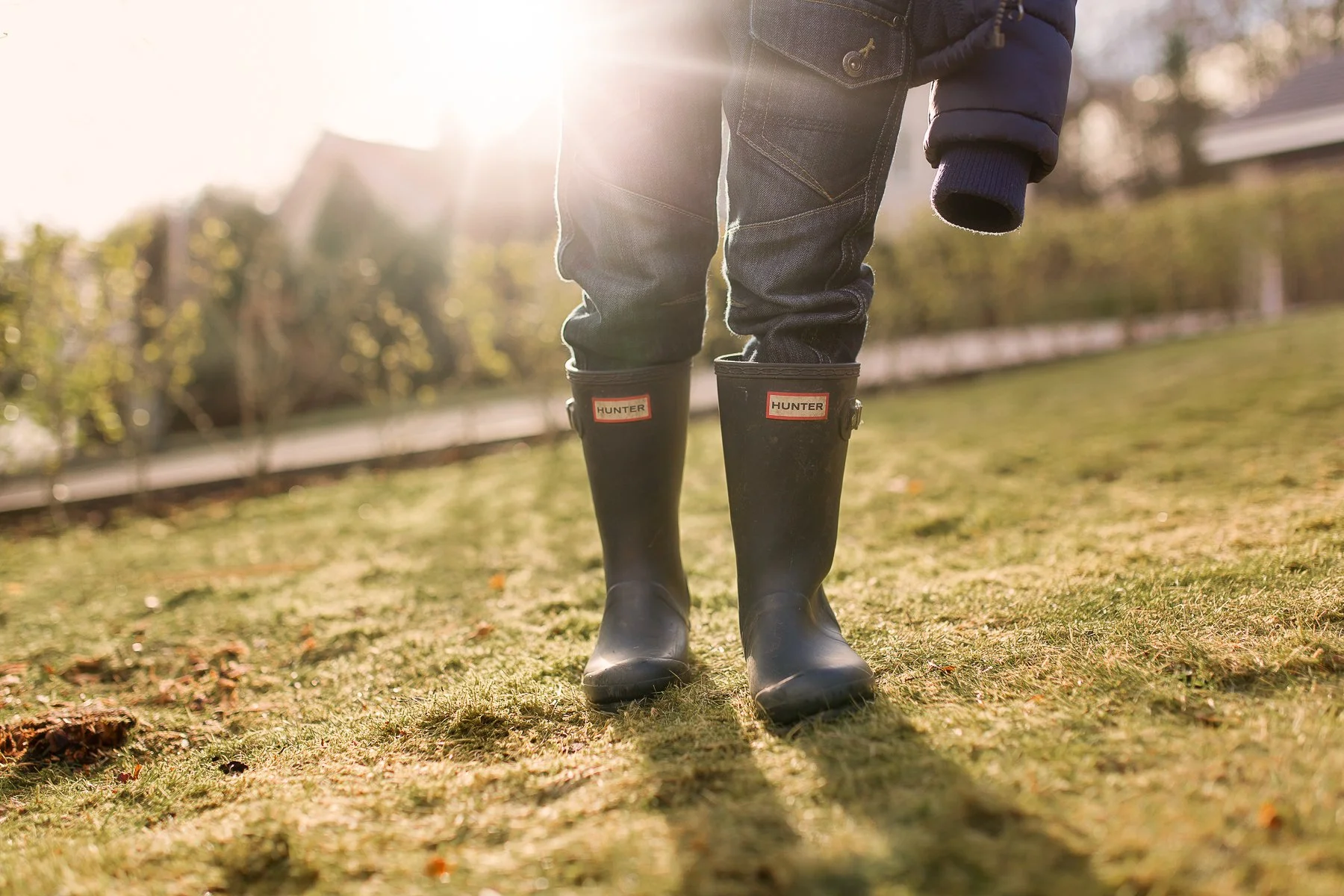Why Your Focusing Technique Might Be Leading to Soft Images
The focusing method you use can have a major impact on how sharp your photos turn out.
In this video, I’m talking about a common focusing technique that many new photographers use that isn’t always the best option, as it can lead to getting images that are ever-so-slightly soft, and not the tack sharp images I know you want!
If you want to feel confident in your photography skills, then understanding how your camera works so that you can make informed decisions is so important. By doing this, you’ll see your image sharpness improve as a result!
Check it out and let me know what you think.
In this video I’m going to talk about how your focusing technique might be leading to soft, not-quite-sharp photos, and what you can do instead for sharper images.
Today I’m talking about ONE very specific part of the 4 step framework for sharp photos that we teach inside Auto to Awesome, TECHNIQUE, and show you how one simple change can lead to sharper photos.
One of the focusing techniques that most new photographers use is focus recompose, but although it can be a valuable technique in some situations, it’s often not the best technique to use, and can leave you with your subjects being slightly soft and not the tack sharp image you want. But this video aims to fix that so that you can go from being a frustrated photographer to a confident photographer
For those of you that don’t know what focus and recompose is, it’s when you half depress the shutter on your subject, and then “recompose” your image by moving your camera all while keeping the shutter half depressed.
On most cameras, this will maintain the focus you have selected even though you have not yet taken the picture, in other words it keeps a “focus lock” even as you move the camera.
However, when you move the camera from where you pre-focused, to the new composition, there is often at least a small shift in distance between the camera and the subject. Even though the distance between yourself and your subject hasn’t changed, the fact that the camera is using a focal plane parallel to the face of the lens means that when you move your camera you have essentially moved that focal plane, and that can be enough to throw your image slightly out of focus.
How much depends on a number of factors, such as the aperture you are using, how close you are to the subject, the lens you use, how much you are recomposing by, and even the direction of that movement.
A much better technique is simply to choose a focus point over your subject, so that you’re either not recomposing at ALL, or you’re only doing it a teeny tiny bit.
How to do this changes between different camera manufacturers and models, but look in your AF settings and choose Manual Focus Select. That way you can take control of your focus points for each photo, and simply choose the one that is closest to your subject when photographing.
Now all this doesn’t mean you should never use focus and recompose, but more about how it’s important to make an informed decision about the techniques and settings you use for each photo, and your focus will improve as a result.
There are lots more elements that go into getting sharp images, so if you want to learn more, be sure to grab my FREE photography starter kit below!








